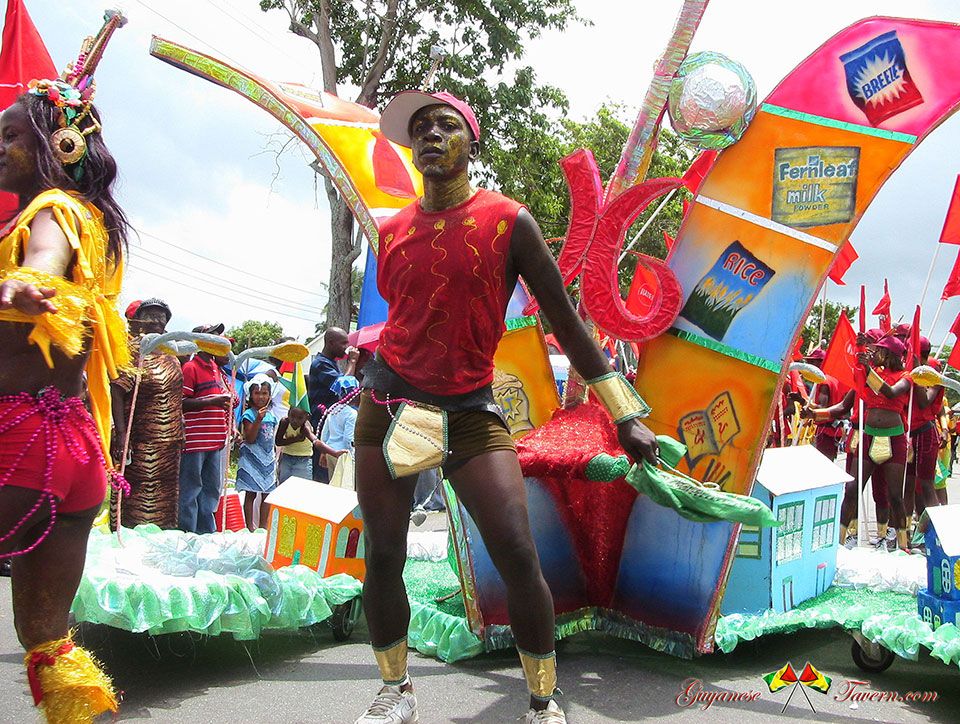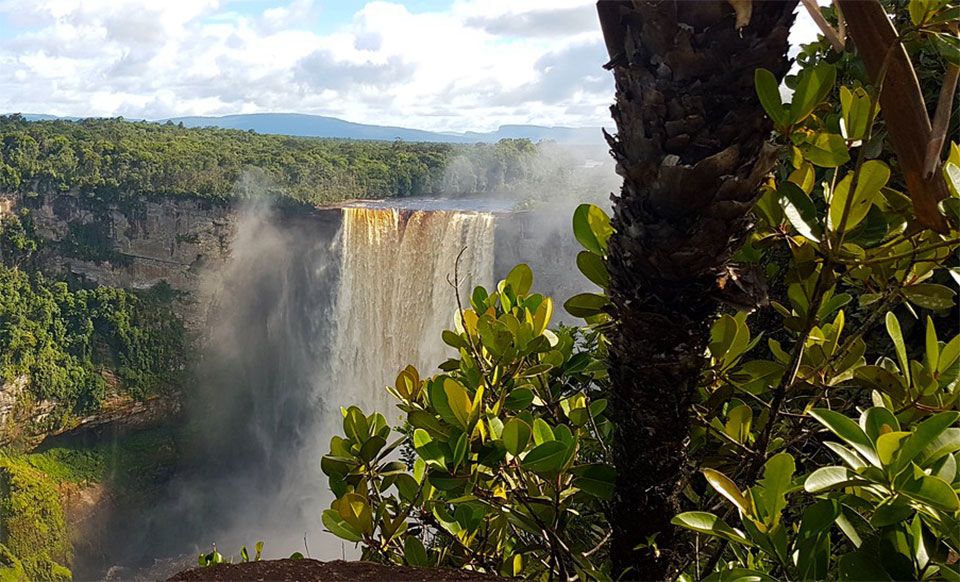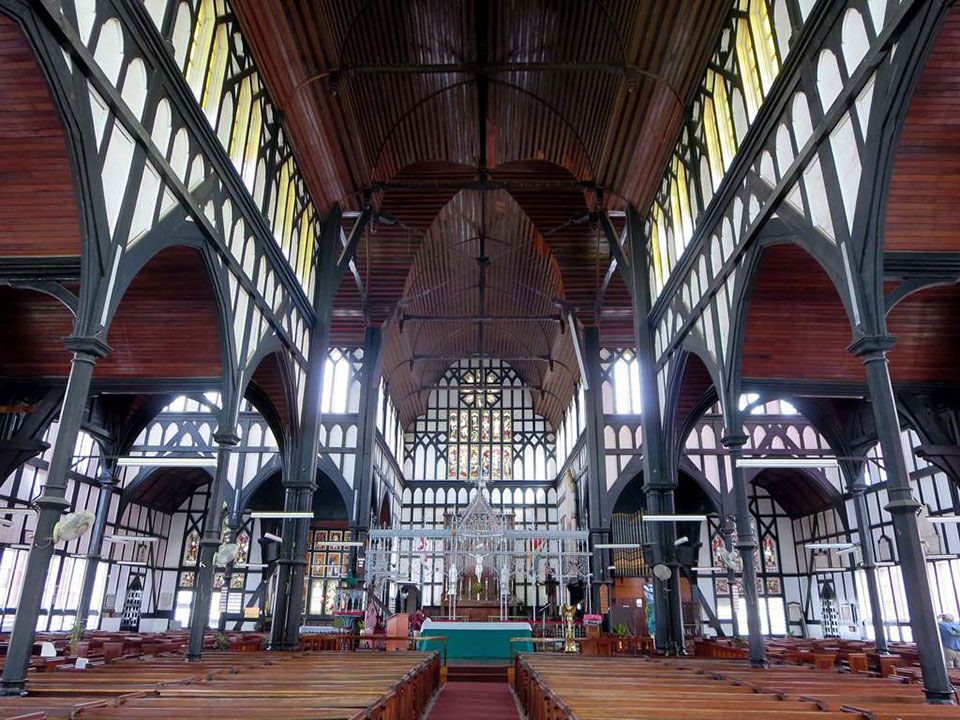Uruguay is a South American country known for its verdant interior and beach-lined coast. The capital, Montevideo, revolves around Plaza Independencia, once home to a Spanish citadel. The name Uruguay means a river of colorful birds. It is a word in Guarani that was spoken by the natives of the area.
15 Must-Visit Attractions in Uruguay
Uruguay is one of the most eco-friendly countries in South America and it is pretty liberal as marijuana and gay marriage are legal, and it is also.

Photo credit: Marcelo Campi Wikipedia
1. Montevideo
Montevideo is the capital and largest city of Uruguay. It is a city with a long history and a rich culture, founded in 1724.
With WiFi available in public places and e-scooters filling the city, Montevideo is leading Latin America’s digital revolution.
The exchange of culture and traditions has always nourished Montevideo’s literary movements. The capital is home town of many renowned writers, including Mario Benedetti and Juan Carlos Onetti.
The oldest part of Montevideo, La Ciudad Viejais is mostly cobblestoned with many historical buildings showing the colonial history of Montevideo city such as the cathedral, main plaza and several museums.

Photo credit: Marcelo Campi / Flickr
2. San Gregorio de Polanco
San Gregorio de Polanco is a small city in the Tacuarembó Department of northern-central Uruguay. It is one of the best tourist attractions in Uruguay because of its pure healthy air, abundant flora, and blue aqua.
This small town has only 3,000 residents, but there are plenty of things to do including a visit to the native visual arts museum, the excellently adorned OSE water tank, and the regional parish with the art gallery inside.

Photo credit: Deni Williams / Flickr
3. Salto
Salto is an affordable and it offers enough attractions make life interesting. It is the second largest city in Uruguay with a population over 110,000.
Some of the attractions include the Salto Grande hydroelectric Dam shared by Argentina and Uruguay and the AcuaMania Waterpark.
The city owes its name to the Spanish word used to refer to the many falls of water created by the Uruguay River in that area.

Photo credit: Diego Ocampo Herrera / Wikipedia
4. Nueva Helvecia
Nueva Helvecia is 120 kilometres west of Montevideo, the capital and largest city of Uruguay and just a few miles from the coast of the Atlantic Ocean. Nueva Helvecia was the first tourist area in the country. The city has plenty to offer to visitors with its history, culture, local cuisine and natural surroundings full of beauty.
The region is famous for its dairy production. Travelers can visit an artisan cheese factory and learn about the production of different cheeses.
Some of the tourist attractions include the Plaza de los Fundadores, the city gate, Regional Archive Museum, the José Pedro Varela Municipal Park, the OSE tank, with its unusual architecture and the Schöenstatt Shrine.

Photo credit: Ariel García / Flickr
5. Piriápolis
Piriápolis is located in the Department of Maldonado, only one hour away by car from the City of Montevideo. This historic town is about 40 km west of Punta del Este. Piriápolis was the first beach resort in Uruguay and one of the most popular.
The weather from November to April is pleasantly warm and dry, perfect for plenty of beach time. June to September is cooler and wetter. The active season is between December and March.
There is also a natural reserve of native and rare South America fauna.

Photo credit: Cristian Menghi / Flickr
6. Rocha
Rocha has some of the very best beaches in Uruguay and visitors can enjoy them almost ten months of the year. This is a place with wild isolated beaches and surprising nature is yet to be fully discovered.

Photo credit: Pablo Martín Fernández / Flickr
7. Punta del Diablo
In recent years many visitors have discovered the great personality of this fishing village on a rocky point where the sea has sculpted to create almost perfect round shapes and strange stone seas.
The beaches are spectacular; Brava is the southwest, with waves that cut special blue-green. It is ideal for children Mansa Beach, a quiet and huge wind sheltered bay.

Photo credit: Tano4595 / Wikipedia
8. Tacuarembó
Tacuarembó town is fairly small and easily walkable. However, a good number of attractions lie out of town and you’ll need your own transport to reach them. It is located in the heart of the country about 200miles away from the capital.
Fiesta de la Patria Gaucha is a big event during the second weekend of March. It celebrates countryside life and customs. Accommodation is a big issue at the festival.
Some 150 sculptures and murals outdoors exhibits can be enjoyed in public and private spaces in various parts of the Tacuarembó department.

Photo credit: Vince Alongi / Flickr
9. Durazno
The economy of Durazno largely depends on agriculture and agrotourism. The raising of sheep, and of cattle.
The Yí and Negro Rivers and large streams and in the lakes Rincón del Bonete and Baygorria.
Attractions in Durazno include important events such as the Folklore Festival and the ‘Meeting of the Gauchos’, places like the Hispanidad Park, located a few kilometers from the city, the church of San Pedro Parish, Regional Art Museum, Casa del General Museum.

Photo credit: Mai / Flickr
10. Carmelo
Carmelo is famous with its winemaking. Winemaking was brought to the region over a hundred years ago by European immigrants. It is one of Uruguay’s largest wine-producing area.
The very alkaline soil with fossils creates a perfect microclimate for vines.
Points of interest in this area are Punta Gorda, Zagarzazú and Colonia Estrella. Close to Colonia Estrella is the Zagarzazú beach.
Nearby places are the picturesque Colonia, historic Fray Bentos, and the spa towns of Paysandú and Salto.
Carmelo is an ideal destination for those looking for a place to relax and for wine lovers tourism due to the large variety of vineyards and wineries.

Photo credit: Marcelo Campi / Flickr
11. Cabo Polonio
Cabo Polonio is a rocky point that stands 15 meters above the ocean, with two inhabited islands across one of the largest reserves of sea lions in the world.
There is no water or electricity in Cabo Polonio. This place is attracting many bohemians and backpackers.
You can just lay on the beach and forget about all the luxuriate.

Photo credit: alobos life / Flickr
12. Punta del Este
Punta del Este is a city and resort on the Atlantic Coast in the Maldonado Department of southeastern Uruguay.
Some popular attractions in the area include the La Mano giant sculpture, the Santorini-styled complex Casapueblo, the Enjoy Punta del Este hotel and casino complex, La Barra neighborhood, the iconic Puente Garzón, Gorriti Island, Arboretum Lussich, and the Museum of the Sea. Here is also the Ralli Museum, featuring exquisite pieces of modern and contemporary Latin American art.

Photo credit: Tano4595 / Wikipedia
13. Paysandú
Paysandú is one of Uruguay’s most important cities. It is located in the northern part of Uruguay. Due to the historical events in this area, Paysandú is important tourist attraction. Just a few miles away you’l find the Guaviyú and Almirón hot spring resorts.
Some of the attractions of this beautiful historical city include the Historical Museum or the Perpetuity Monument where you can learn a part of the rich and booming history of the city.
Paysandú has many events, including Beer Week – one of the most important events celebrated in Uruguay, which attract many tourists from all over the world.

Photo credit: John Seb Barber / Flickr
14. Chuy
It is the last coastal resort of Uruguay and it is bordering with Brazil to the southeast. What is interesting is that the main street in Chuy is the actual border between Uruguay and Brazil.
The border is open, so you’re free to cross back and forth between the Brazilian city Chuí and Chuy.
Chuy’s residents are mostly Uruguayans and Brazilians, with almost all its residents speaking Spanish and Portuguese.
It has long beaches which makes it ideal for long walks on the beach. Some points of interest are the Santa Teresa Park, the San Miguel Fort.
“Chui” was also the name the Indians gave a yellow-breasted bird.

Photo credit: Philip Choi / Flickr
15. Colonia del Sacramento
Colonia del Sacramento is a city in southwestern Uruguay, across the Río de La Plata from Buenos Aires. It’s known for its cobblestoned Barrio Histórico, lined with buildings from its time as a Portuguese settlement.
It has a long history and it was founded by the Portuguese in 1680 on the Río de la Plata, the city was of strategic importance in resisting the Spanish.
The historic Colonia del Sacramento is declared a World Heritage Site by UNESCO in 1995 and attracts thousands of visitors during the year from around the world. Travelers can enjoy a unique landscape with spectacular views of Río de la Plata.
Main photo credit: Wagner T. Cassimiro “Aranha” Wikipedia
Want to learn more about Bhutan? Check our other posts about Bhutan.







 Photo credit: David Stanley /
Photo credit: David Stanley / 





